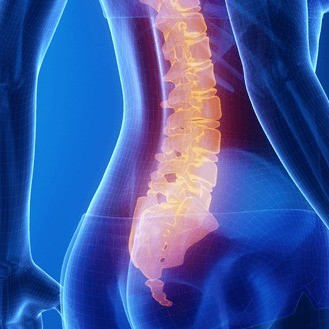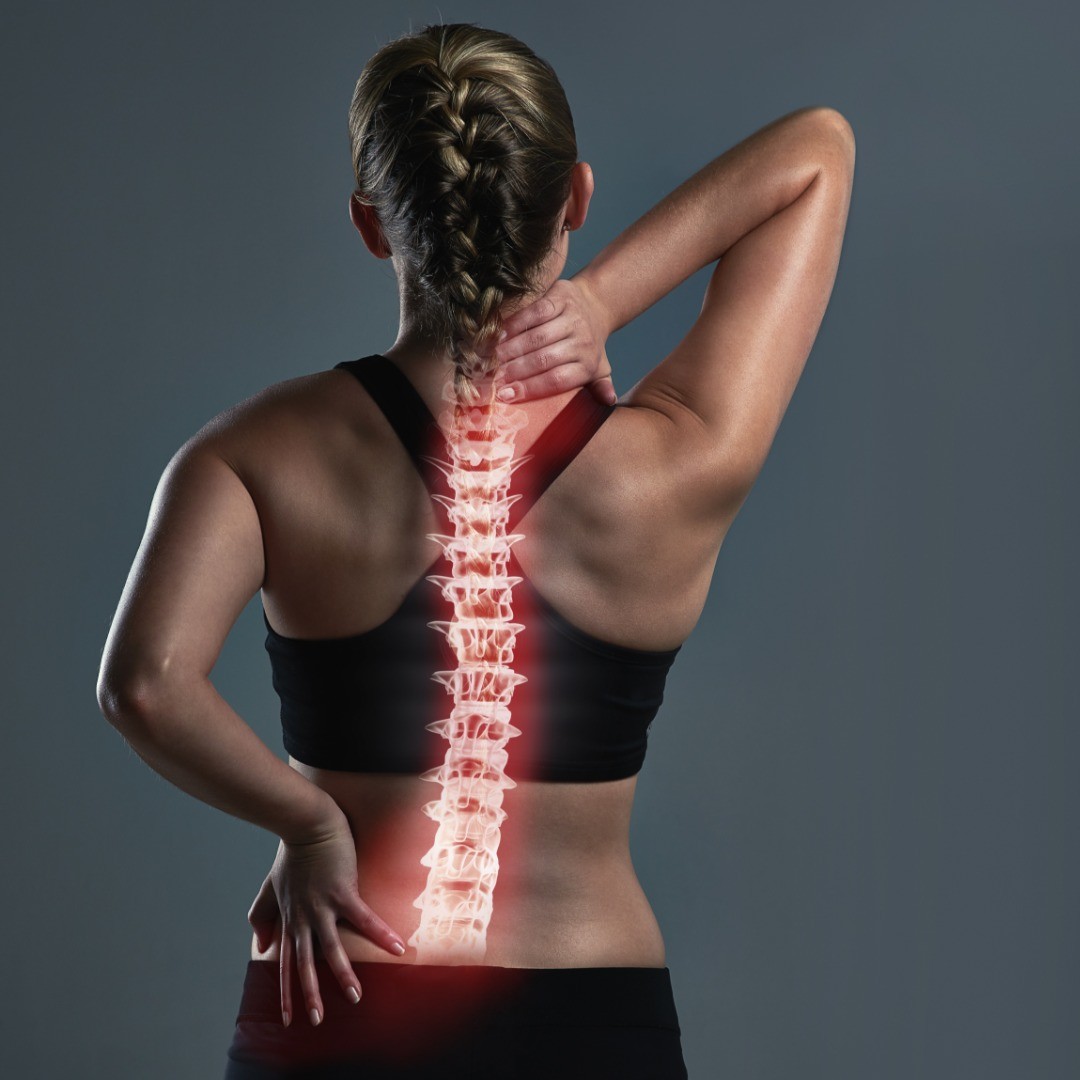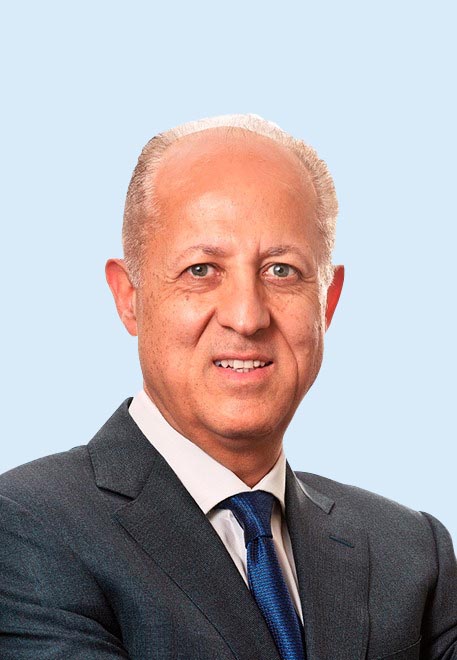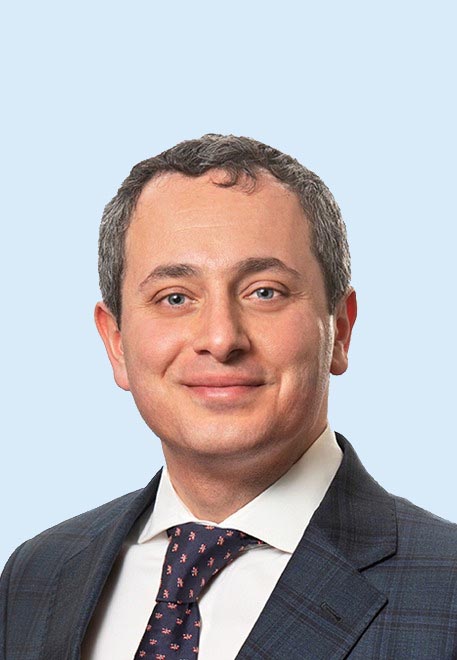- PATIENT FORMS | REQUEST A CONSULTATION | CONTACT US
- 1-844-NSPC-DOC
Posterior Lumbar Interbody Fusion
If you are plagued by chronic lower back pain and are wanting a permanent resolution, then lumbar fusion surgery could be the answer you are looking for. By seeing one of our fellowship-trained doctors today, you can get the key to alleviating your pain.
What Conditions Does Posterior Lumbar Interbody Fusion Treat?
There are many conditions that can cause pain in the lumbar region of your spine due to a collapsing disc. These issues range from disease to common wear and tear of the spine from activity or age:
- Degenerative Disc Disease
- Sciatica
- Spondylolisthesis
- Disc Protrusion
- Lumbar Spinal Stenosis
- Spondylosis
- Spinal Disc Herniation
If you have been diagnosed with one of the above problems and conservative back treatments haven’t alleviated your symptoms, then spine surgery could help.
Physicians
Connect With Our 7 Convenient Locations
across Long Island, NY
Our expert physicians, surgeons and doctors are ready to serve you at our 7 convenient locations across Long Island, NY. Connect today to learn how our award winning, world class experts can help.
4250 Hempstead Turnpike Suite 4,
Bethpage, NY 11714
(516) 605-2720
COMMACK
353 Veterans Memorial Hwy,
Commack, NY 11725
(631) 864-3900
One Hollow Lane, Suite 212
Lake Success, NY 11042
(516) 442-2250
MANHATTAN
215 E. 77th Street Ground Floor
New York, NY 10075
(646) 809-4719
EAST SETAUKET
226 North Belle Mead Road, Suite C
East Setauket, NY 11733
(631) 828-3001
100 Merrick Road, Suite 128W
Rockville Centre, NY 11570
(516) 255-9031
WEST ISLIP
500 Montauk Hwy
West Islip, NY 11795
(631) 983-8400
World
Class
Expertise
For over 50 years & 350,000 patients NSPC has been a trusted global medical leader.
Contact us today for an appointment or consultation.













